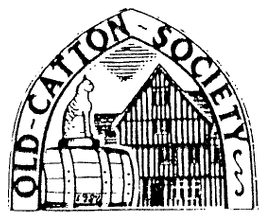In July we were entertained by Andy Toomey who gave us an illustrated talk about Skiing for the Blind and Partially Sighted.
Andy explained that latterly he has been the manager of The British Disabled Skiing Team. To be a participating member one has to be sensory, physically or mentally disabled, although most of his work is done with those with sensory problems.
He told us how in the early days he became a guide for people with no or partial sight and worked his way up to being a Grade 1 Guide. Originally this involved him with following these skiers down a ski slope and shouting directions to them. However as technology has improved radio microphones are now used between skier and guide and there is neither physical contact nor tethering as there was in the early days of the sport.
Andy told us about the protocols that must be followed in the sport and the fact that if a skier falls over in a competition they are disqualified, yet if the guide takes a tumble the race may proceed as long as the guide can still convey instructions to the competitor. The audience were amazed to learn that these downhill skiers may reach speeds of up to 46 kilometres an hour when weaving between the posts on the Giant Slalom and Slalom courses.
The history of disabled skiing goes back to 1990 when all disabilities had their own association. However in 1990 The British Alpine Ski Team for the Disabled was formed and all forms of disability were coordinated under the one banner. They were so successful that they won 14 medals at their first world championship.
To conclude his talk Andy praised his close friend Helen Reynolds, a British Alpine Ski Racer and told us about her successes over the years.
Paul Weeks
